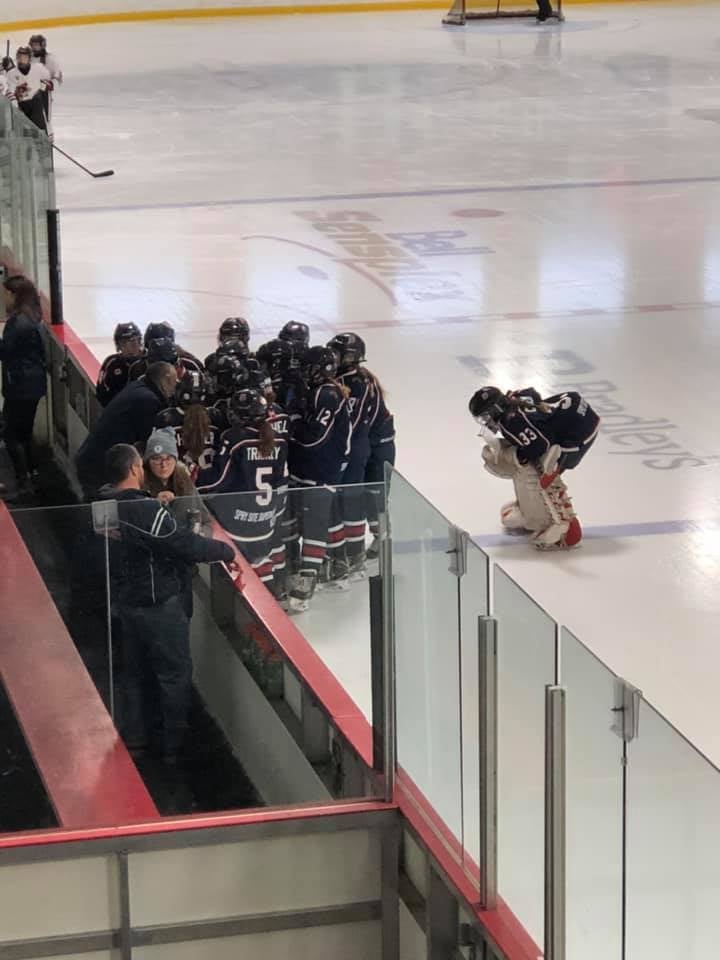The most defining aspect of a high-performing hockey player is that they have an “Inversion of Attitude”.
The highest performing hockey players, from the NHL on down to Initiation Programs share this trait. It is universal.
The most competitive, most proficient and most successful hockey players all have what we call “inversion of attitude”. The aspect of hockey training that boys’ house league or in girls hockey “B or C” level players find unpleasant or boring is exactly the opposite for the high-achieving player.
If you, or your son/daughter spend more time practicing at home than they do playing at the rink then chances are that they have an inversion of attitude. If they stickhandle around the house, shoot pucks in the driveway and work on their craft obsessively then they likely have an inversion of attitude. Just going out to “play hockey” with friends isn’t the same. Do they love the process of improving or do they really just love to play?
High performing players seeing taking 5,000 shots at home each week as meditative, challenging and therapeutic. They love the challenge of extra workouts, pushing themselves and monitoring their own progress. They have paper and spreadsheets filled with notes and numbers. They enjoy the process of improving as much as they enjoy “playing” the game. Low performing players find these types of tasks boring and will do just about anything to avoid them.
High performing players crave high-intensity practices and difficult game challenges. They constantly set their own goals with two parameters in mind, the goal must be outrageous, but doable.
The best of the best hockey players don’t see doing the hard work and the sacrifices that go with it as sacrifices at all. They truly enjoy the process.
As an athlete, you have to love the process of improving as much or more than you love playing the game. The improvement itself is a constant game of effort and rewards for a high-achiever.
As a parent, you can help by instilling a sense of “fun” in the process of improving. As a coach, you can help by “gamifying” the process to give your players rewards along the way. This can be challenging in a society where leaderboards are frowned upon, but it is doable.
Ask yourself this question:
Do I love the process of improvement as much as I love playing the game?
If the answer is yes then keep going. You have a very bright future ahead of you. If the answer is no, then you need to find a way to make the process not only important to you, but fun for you.
If you need help, just ask! That’s what we are here for.
Go2TheMax Hockey
Creating Great People.
We Happen To Coach Hockey.


